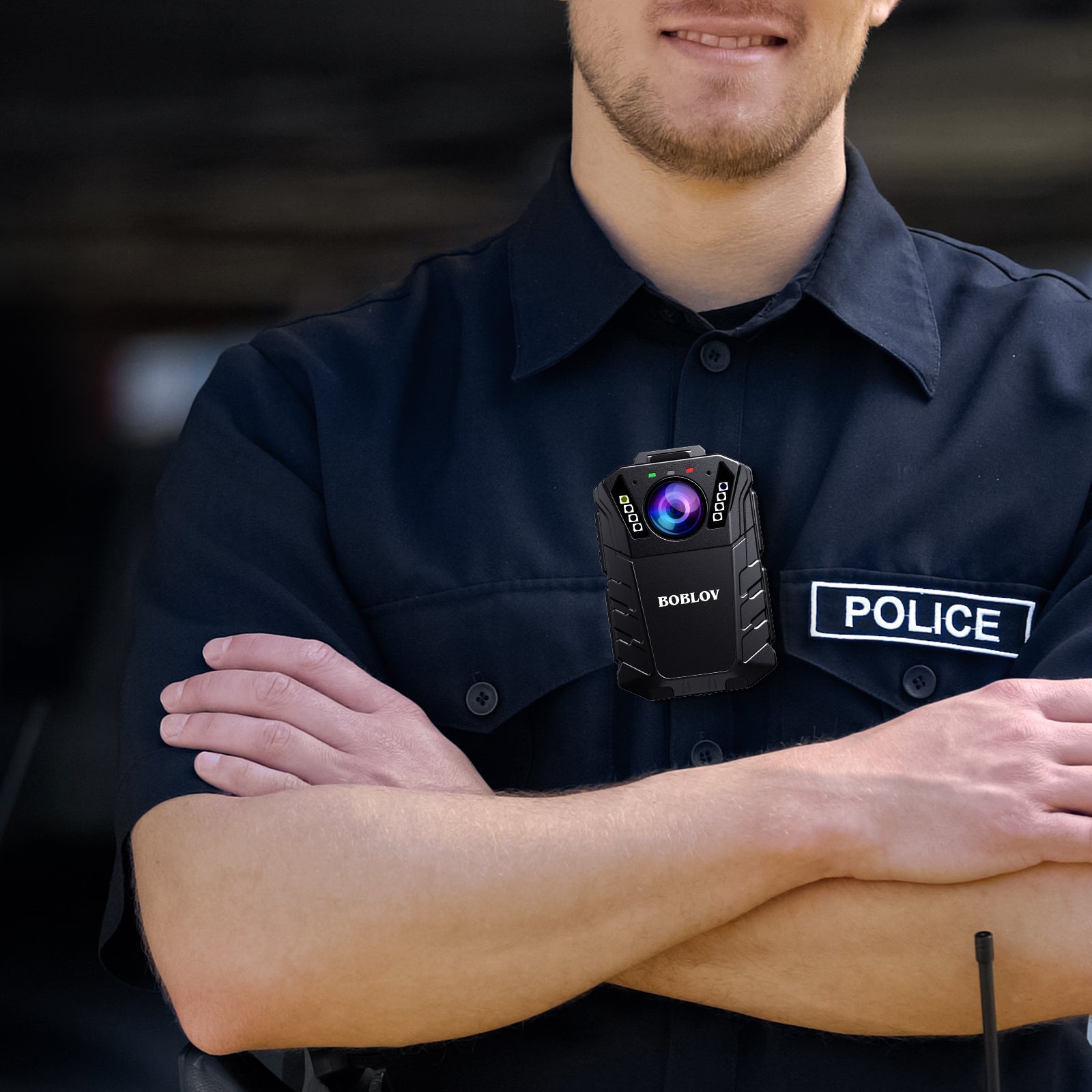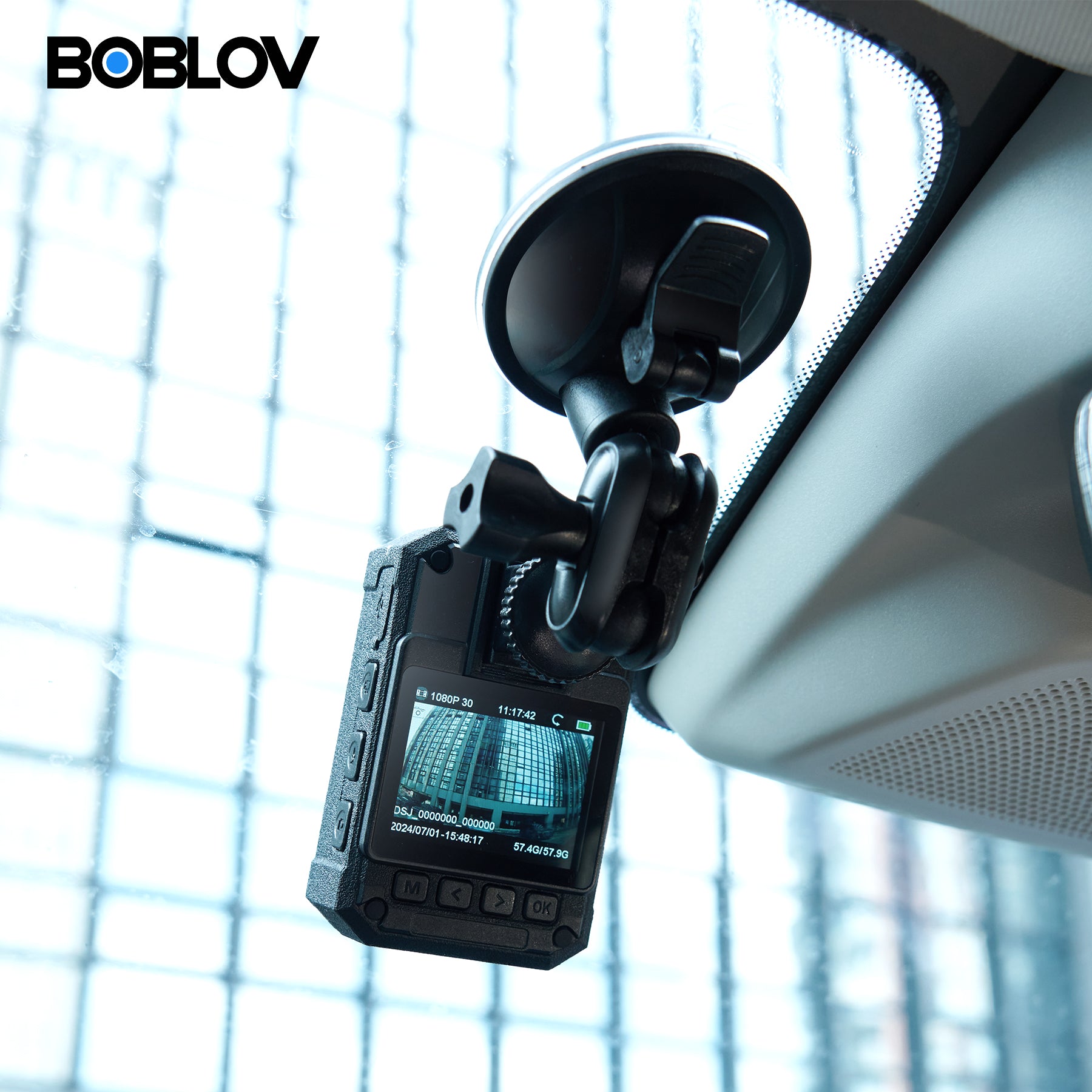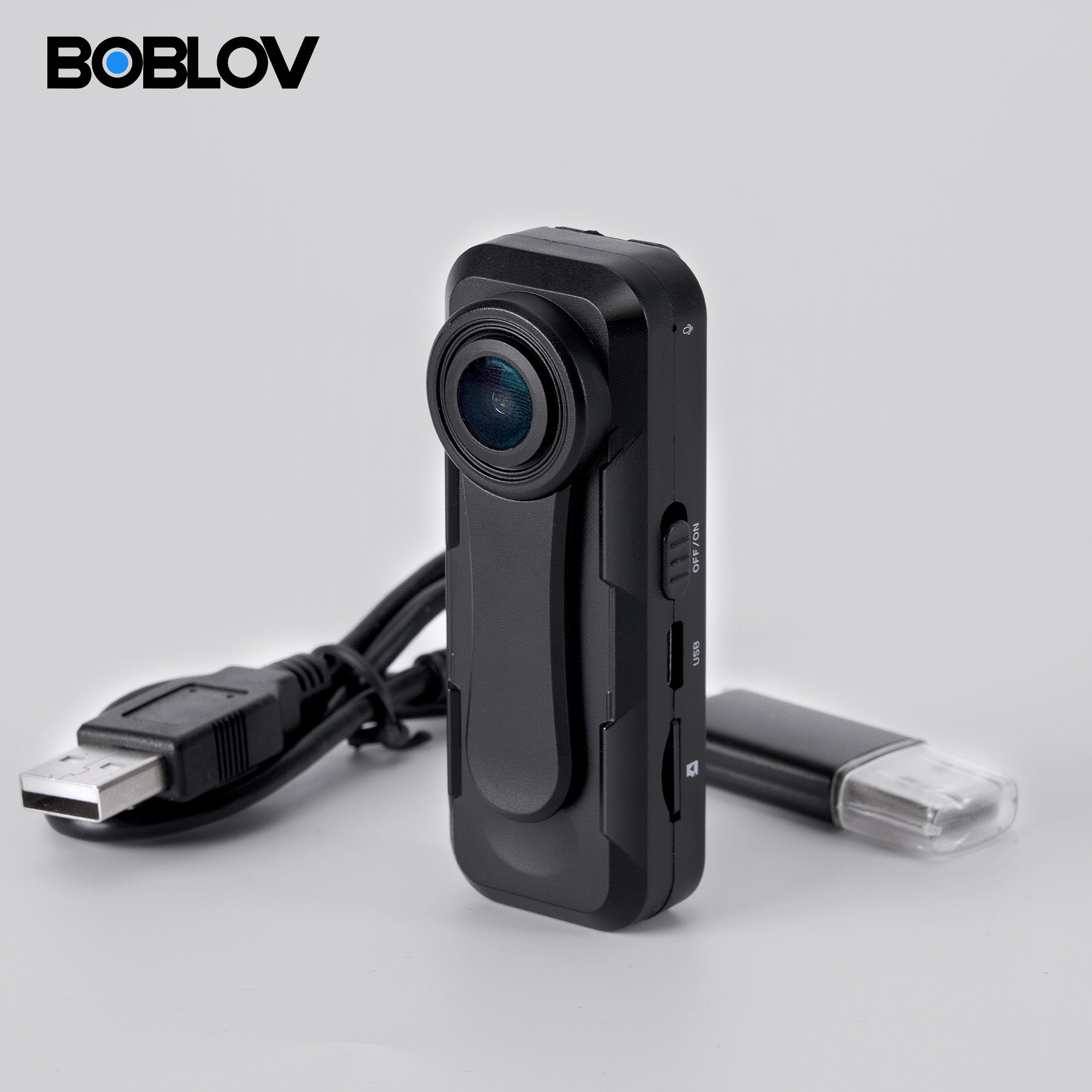Evolving Technology: From Bulky to Miniature Surveillance
A Brief History of Body-Worn Cameras
Body-worn cameras (BWCs) started as large, cumbersome devices. Police first used them in the UK in 2005. It took years before they became popular in the US. Early BWCs were often mounted on car dashboards. Later models became wearable but still bulky.
In the last decade, technology made them smaller and better. They are now vital for police work. Today's body cameras, like the Boblov or Mini Guard Cam, are compact. They provide clear footage while being easy to wear.
Officers clip them on uniforms or use hands-free shoulder mounts. This evolution has changed how the public views law enforcement. It has also affected how officers do their jobs daily.
The Technological Advancements Enabling Mini Guard Cams
Recent tech has made mini guard cams possible. These devices have grown smaller due to several factors. First, advancements in microelectronics allow for potent yet tiny components. Second, enhanced battery tech leads to smaller, longer-lasting power sources. Third, breakthroughs in materials science yield durable but lightweight camera bodies. Finally, improved wireless tech enables compact cameras to transmit high-quality footage. Together, these developments have led to devices like the Boblov body cam. This cam can be easily mounted on garments or the hands-free shoulder camera mount. With such innovations, mini guard cams are now vital in policing and personal safety.
Impact on Law Enforcement and Personal Security
The shift to mini guard cams has been game-changing for law enforcement. These small, body-worn cameras have improved how officers interact with the public. They provide clear, hands-free recording, which helps in evidence gathering. Mounted using devices like the Boblov body cam or shoulder camera mounts, they offer freedom of movement while capturing high-quality video. For personal security, mini guard cams like the Boblov offer a sense of safety. They record any incident that may happen, ensuring that evidence is always available. This technology is a key tool in modern policing and personal safety strategies.
Legal and Ethical Considerations for Mini Guard Cams
Understanding the Privacy Implications
Mini Guard Cams bring concerns about privacy. When used by law enforcement, they record interactions with the public. This raises questions about consent and data use. The key is to balance safety needs with personal rights. Rules about when and how cams are used are critical. This stops misuse of the footage they collect. Strong policies protect both the police and the public. Such rules define what is private and what is not. They help avoid breaches in personal privacy. The challenge is keeping oversight strong. This ensures these devices help, not harm, our freedoms.
Regulatory Framework Governing Body Cameras
The rise of mini guard cams like the Boblov body cam and hands-free shoulder mounts has led to new laws. In the US, different states have their own rules for body cameras. Officers must follow these strict guidelines. They tell them when to record and how to handle footage. Some laws focus on privacy, especially for those caught on camera. There is a fine line between safety and privacy rights. Agencies need to train officers well. They must understand these laws to avoid misuse of the cameras.
Best Practices for Legal Compliance
To ensure legal use of mini guard cams, agencies must follow key practices:
- Understand Local Laws: They must know the laws where they operate.
- Clear Policies: They need rules on when and how to use cams.
- Training: Officers should get training on these policies.
- Data Management: They must keep footage safe and handle it right.
- Public Access: They should say when the public can see the videos.
- Accountability: There must be checks on how they use the cams.
Following these steps helps keep cam use within the law and builds trust.
Real-World Applications: Mini Guard Cams in Action
Case Studies: Enhancing Public Safety
Mini guard cams, like the Boblov body cam, mark a shift in policing. They offer hands-free options with shoulder camera mounts. These devices have been pivotal in many instances. They provide clear footage that aids in transparent policing. The presence of such cameras can deter illicit activity. They can also protect officers from false accusations. Several case studies reveal their value in public safety. For example, in one case, mini guard cams helped settle a dispute. They showed an officer's view during an arrest. In another, they caught a crime as it happened. This led to a quick arrest. The use of these cams is growing in US law enforcement. They may soon become standard gear. As technology evolves, their impact on safety will likely broaden. We'll explore a few more stories that highlight their importance.
Innovative Uses in Various Law Enforcement Agencies
Law enforcement agencies have adopted mini guard cams for various reasons. They are now an integral part of police gear in many departments. Their size makes them easy to carry and they can be placed on different parts of the uniform. This includes shoulder mounts, such as the hands-free shoulder camera mount. The Boblov body cam is a popular choice, known for its compact size and quality recording. Officers use these cams during patrols, arrests, and even covert operations. They help gather evidence, provide transparency, and protect both the police and the public. More and more agencies are investing in such technology to enhance their capabilities. As a result, mini guard cams are transforming law enforcement methods across America.
Future Trends in Miniature Surveillance Devices
Looking ahead, the future of mini guard cams is dynamic. We're expecting further shrinking of device sizes while packing more power. Enhanced battery life and higher resolution recording are on the horizon. Wireless tech will likely advance, enabling more robust live-streaming capabilities. AI integration is another area set to grow, with cameras potentially recognizing faces or behaviors in real-time. The cost of these devices may also decrease, making them more accessible. One thing is certain: the evolution of miniature surveillance in law enforcement is far from over.




